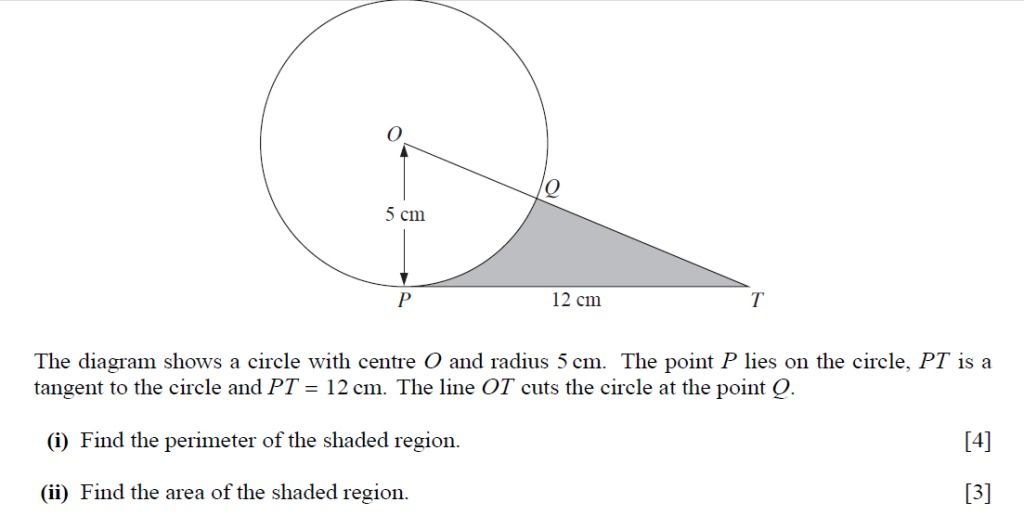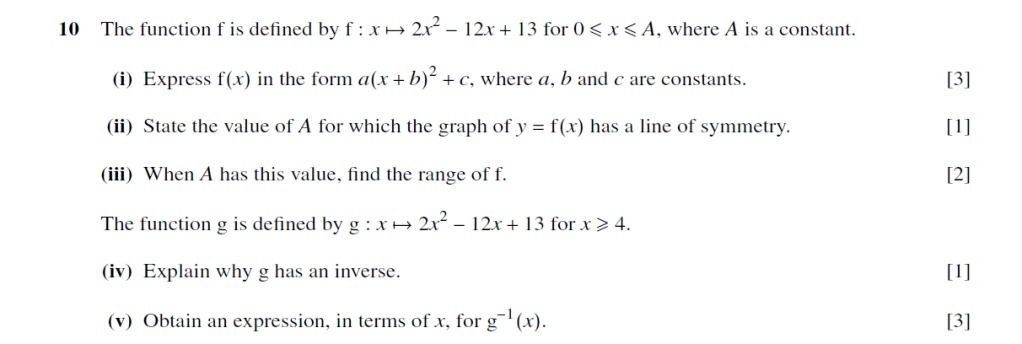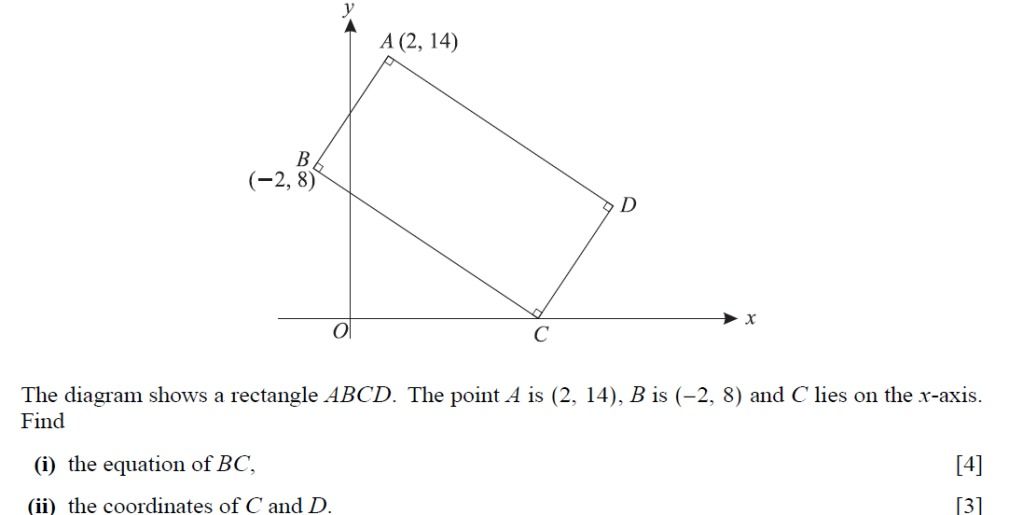- Messages
- 227
- Reaction score
- 515
- Points
- 103
I can't solve the whole question but I am sure this will help.Thank you very much! And unfortunately no one solved the other one =P
y=x/2 + 2
For the coordinates of A, put x=0 in the equation and you get y = 2 therefore A(0,2)
The gradient of BD = -2
D(10,-3)
-3=10(-2) + c
c=17
We got the equation of BD ;- y=-2x + 17
For the coordinates of B, set the 2 equations equal and solve.
As the question says AB=BC, it means B is the mid-point of the line.
We have the coordinates of A and B right?
xB , yB = 0 + xC /2 , 2 + yC/2
xC/2 = xB and 2+yC/2 = yB
For this part, you could have used the vector move too.
I may have missed something because I am in a hurry but the method is the same.



